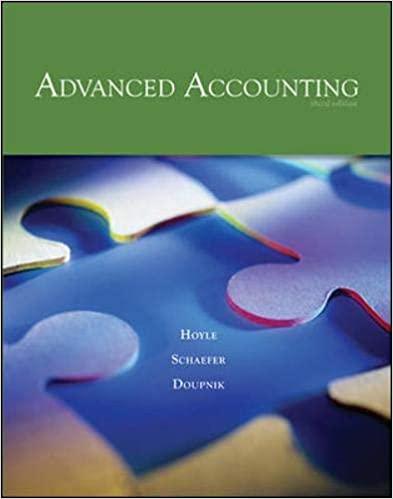
3. One view of the cause of the Great Depression is that it is primarily a massive negative money supply shock associated with France (and the U.S.) hoarding gold and exchanging sterling for gold. This question asks you to analyze the implications of such a shock for output, price, and interest rates through the lens of our business cycle model in its IS-LM-PS incarnation. Consider the following version of our business cycle model: LM curve: Alog Me - T = -bit + pit-1 + - 7-1 + Alog v + IS curve: = a - bR - ) Fisher Equation: Rt = it it Price Setting Equation: itt = : 074-1 Here I have written the Fisher equation assuming adaptive expectations (i.e., Et1t+1 = 14). Also, the version of the LM curve written above comes from taking a first-difference of the LM curve in class and changing variables as before. Throughout this question, you may assume that = 0.02, p = 0.5, = 0, b = 1, and = 0.2. a) Suppose the economy starts off in a steady state with A log My = 0, A log v = 0. Calculate the steady state value of the output gap, inflation, the real interest rate, and the nominal interest rates. b) Suppose that at time 0, the money supply in this economy falls by 0.2 log points (i.e., A log Mo = -0.2) and remains at that new lower level going forward (i.e., A log M+ = 0 for t > 0). Plot the evolution of output, inflation, the nominal interest rate and the real interest rate over time from period 0 to period 20. (You may want to start your figures at period -5 just to have pre-period in the figures to be able to see the response of the economy better. Also, you may ignore the zero lower bound on nominal interest rates. If you don't know what that is, this is OK. We will cover it in a few weeks.) a c) Describe the evolution of the economy in response to the shock in part (b) graphically using the IS-LM diagram. 3. One view of the cause of the Great Depression is that it is primarily a massive negative money supply shock associated with France (and the U.S.) hoarding gold and exchanging sterling for gold. This question asks you to analyze the implications of such a shock for output, price, and interest rates through the lens of our business cycle model in its IS-LM-PS incarnation. Consider the following version of our business cycle model: LM curve: Alog Me - T = -bit + pit-1 + - 7-1 + Alog v + IS curve: = a - bR - ) Fisher Equation: Rt = it it Price Setting Equation: itt = : 074-1 Here I have written the Fisher equation assuming adaptive expectations (i.e., Et1t+1 = 14). Also, the version of the LM curve written above comes from taking a first-difference of the LM curve in class and changing variables as before. Throughout this question, you may assume that = 0.02, p = 0.5, = 0, b = 1, and = 0.2. a) Suppose the economy starts off in a steady state with A log My = 0, A log v = 0. Calculate the steady state value of the output gap, inflation, the real interest rate, and the nominal interest rates. b) Suppose that at time 0, the money supply in this economy falls by 0.2 log points (i.e., A log Mo = -0.2) and remains at that new lower level going forward (i.e., A log M+ = 0 for t > 0). Plot the evolution of output, inflation, the nominal interest rate and the real interest rate over time from period 0 to period 20. (You may want to start your figures at period -5 just to have pre-period in the figures to be able to see the response of the economy better. Also, you may ignore the zero lower bound on nominal interest rates. If you don't know what that is, this is OK. We will cover it in a few weeks.) a c) Describe the evolution of the economy in response to the shock in part (b) graphically using the IS-LM diagram







